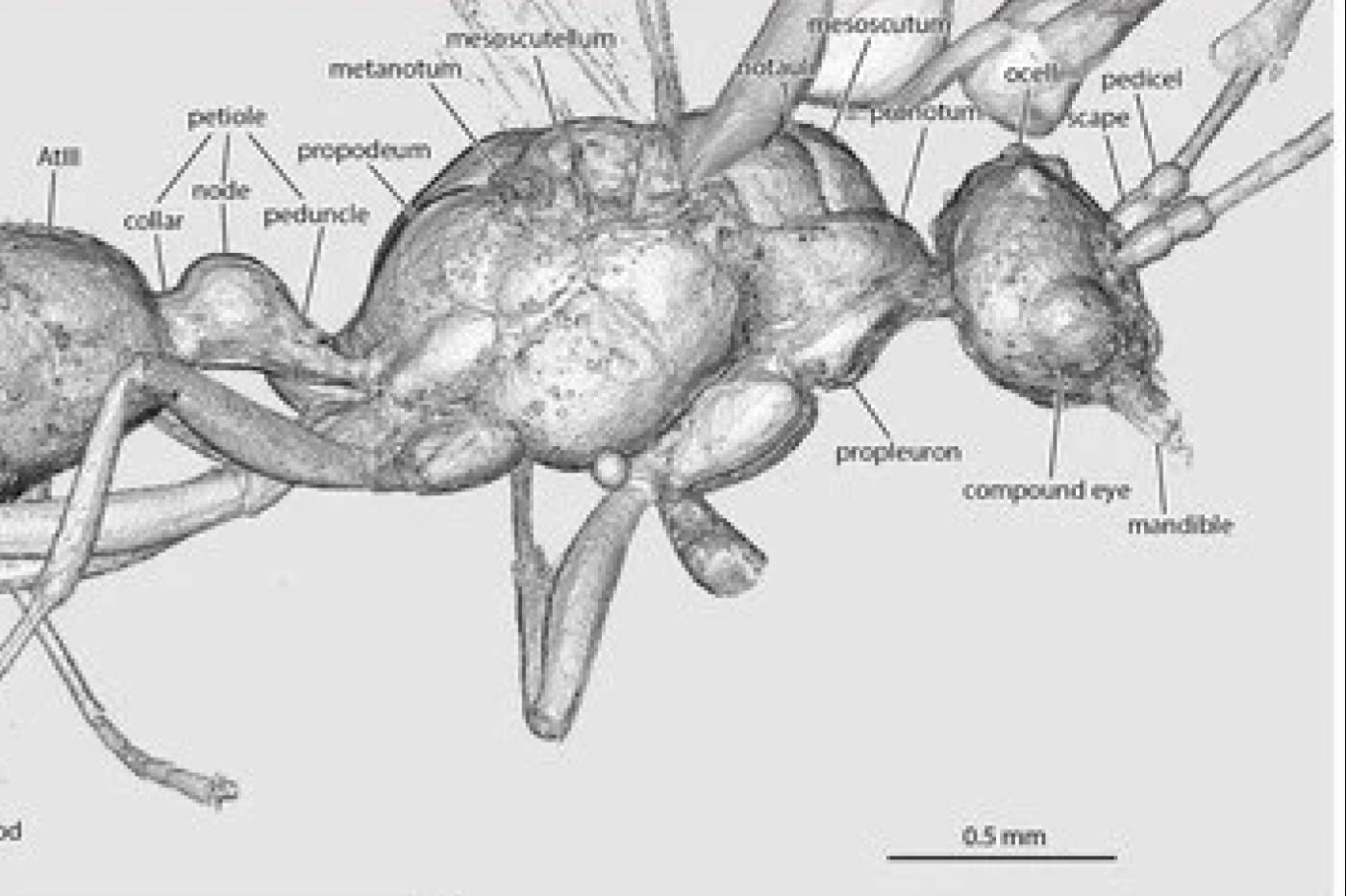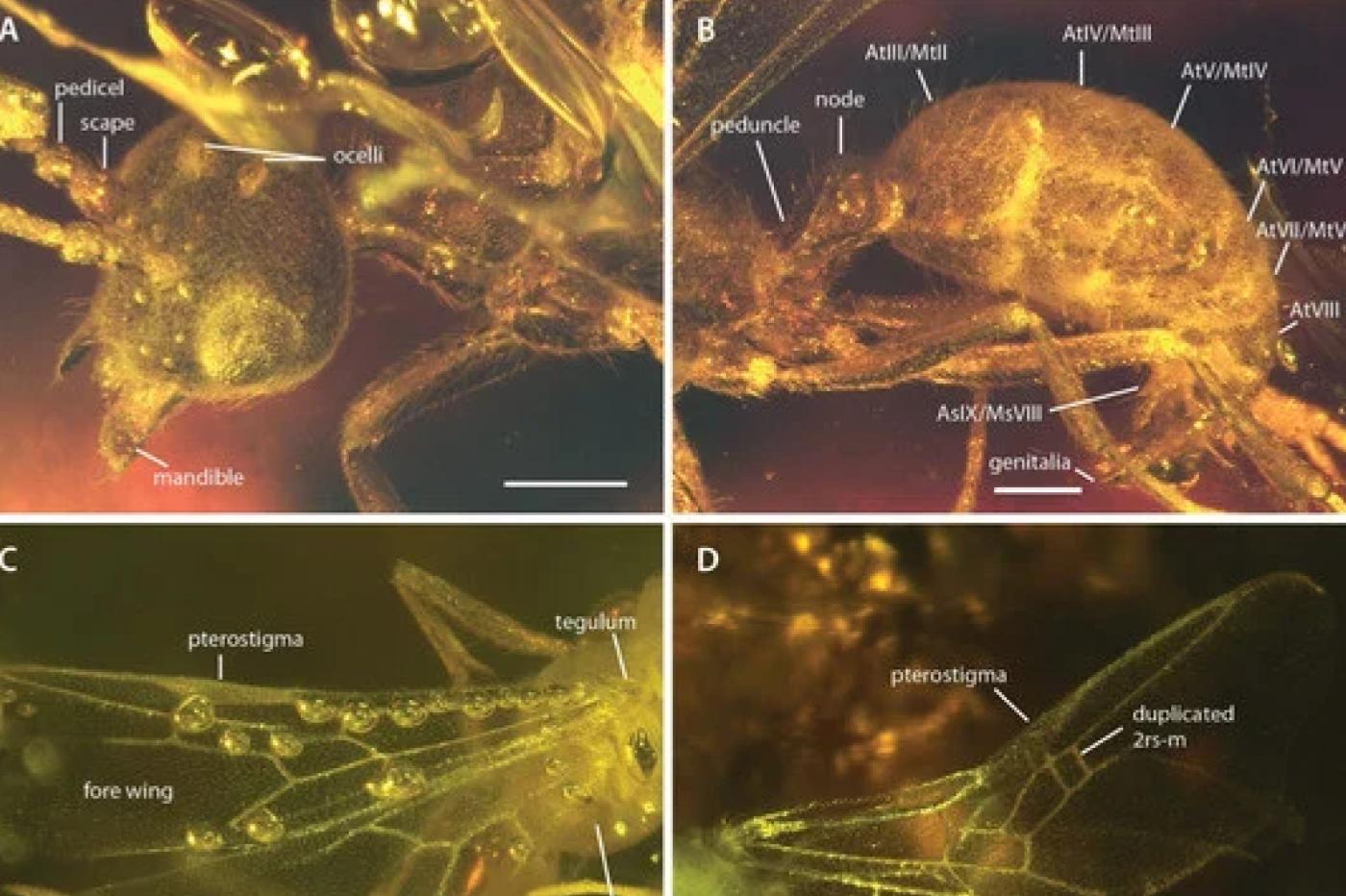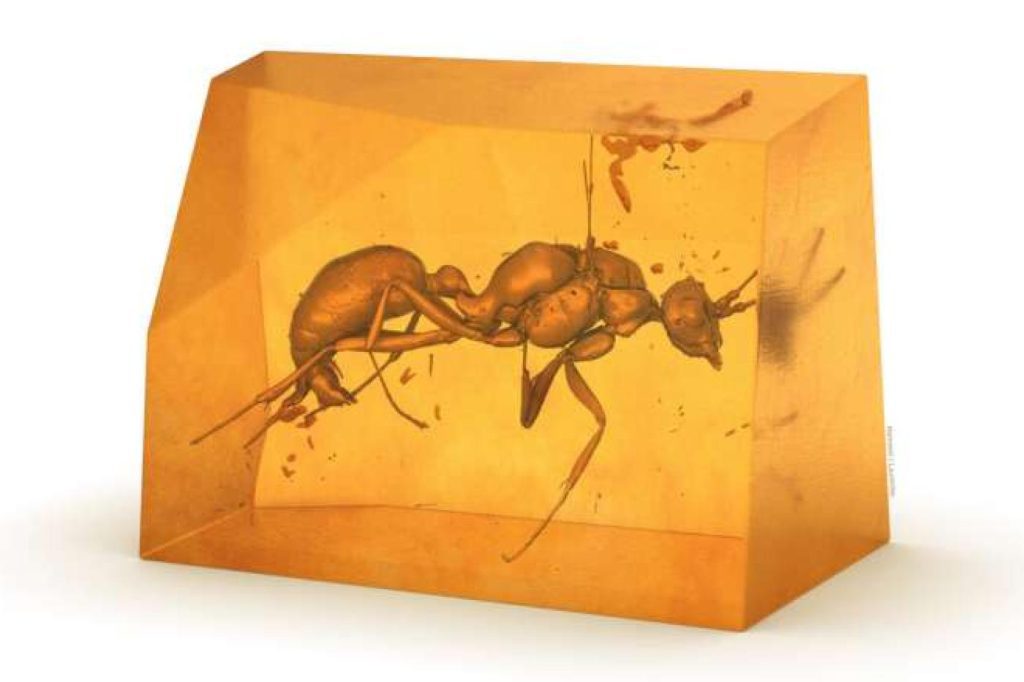According to the researchers, this is also the first time that fossils of amber inclusions have been found on the African continent.
An international team of researchers recently acquired a small treasure trove of fossils in Ethiopia; They discovered amber (fossil resin) specimens containing 13 oddly shaped ant specimens.
Thanks to the presence of pollen in amber, they were able to proceed to an indirect history of these insects; They were able to determine that their ages ranged from 16 to 23 million years old. However, confirming their identity was more difficult.
After preliminary analysis, it turned out that the ants in question did not correspond to any known species. At first, researchers believed that these individuals belonged to a subfamily of aneurysms. It is a particularly rare and nearly extinct group; The vast majority of its representatives are now extinct and have only been documented in fossil form. As far as the researchers know, there is only one species, and it lives in Sri Lanka – far from where this specimen was collected.
A new type of ant
So they pulled off the heavy guns by subjecting these ants to extensive testing, based on the latest technology. In fact, it is impossible to perform genetic analyzes; This would require opening the amber case, which would compromise the integrity of these very old specimens. Therefore, the only solution is to study it from the outside as accurately as possible.
In particular, they used X-ray tomography, a technique whose various forms are used in many fields such as geology, materials science, or medicine (we talk next about CT). This consists of measuring the X-ray absorptiometry of different tissues to produce a kind of 3D anatomical map.
But traditional CT scans are too inaccurate to work in this case; So they had to resort to synchrotron micro-imaging. It is a very subtle contrast to this technology that has enabled them to produce images with very high resolution.

The details they observed there excluded the trace of Aneuretinae. Instead, they referred to a fundamentally different subfamily. The shape of the abdomen and lower jaw, in particular, was closer to that of the ant Ponerinae.
So they assigned a new species and a new taxonomic genus to this now-extinct subfamily. They named it Desyopone is here, in honor of DESY and Hereon – two of the institutions that made a significant contribution to this work. For the record, DESY is a reputable lab whose particle accelerator featured last summer by “sniffing” a popular metal band concert (see our article).

A window on yesterday’s Africa
Another element that makes this discovery interesting is that so far, specialists have not yet found any piece of amber with fossil inclusions in Africa. In fact, locals traditionally use amber to make jewelry. According to the researchers, this is the first time that an amber element containing fossils of living creatures has been found in Africa.
” It was only during the past decade that its scientific significance became clear to researchers. Explains Vincent Berichot, a researcher from the University of Rennes who was involved in this work. ” In general, there are very few insect fossils from this continent ‘, sets. So this sample presents a file A unique perspective on the ancient African forest ecosystem »; All that remains is to discover new pieces of amber filled with treasures to learn more about this ecologically bountiful place.
Study text available over here.

“Music guru. Incurable web practitioner. Thinker. Lifelong zombie junkie. Tv buff. Typical organizer. Evil beer scholar.”







More Stories
Espace du Parvis becomes Parc des Pékans
Why do leafhoppers reflect little light?
Bacteria brought into space mutated and became stronger on board the International Space Station, study finds